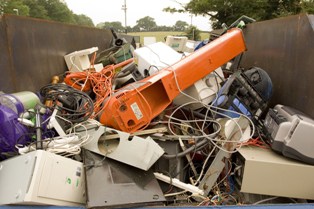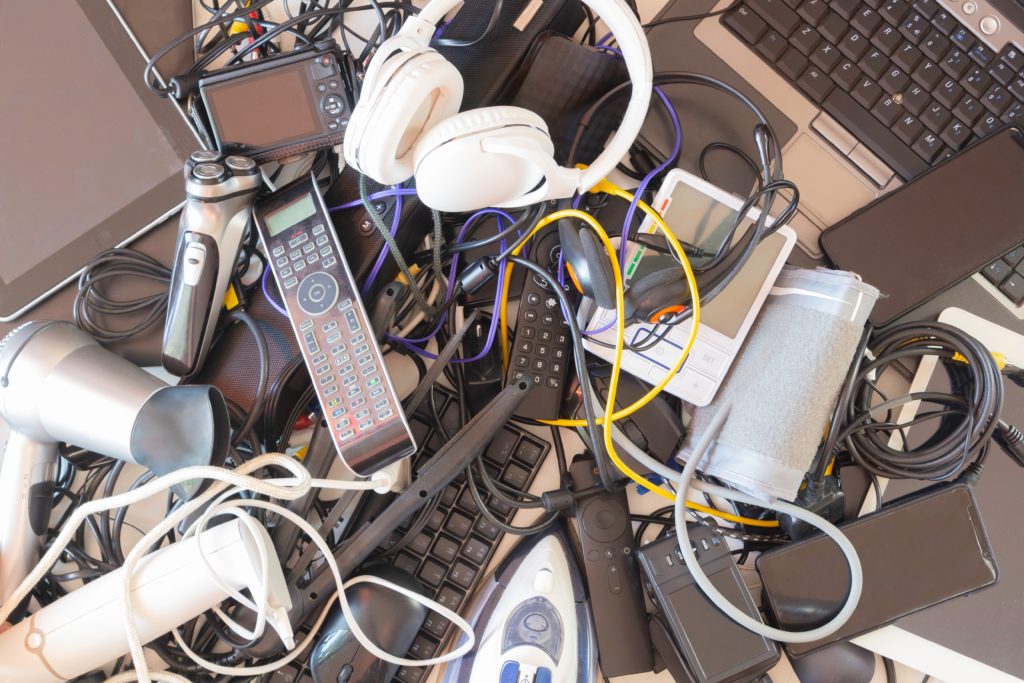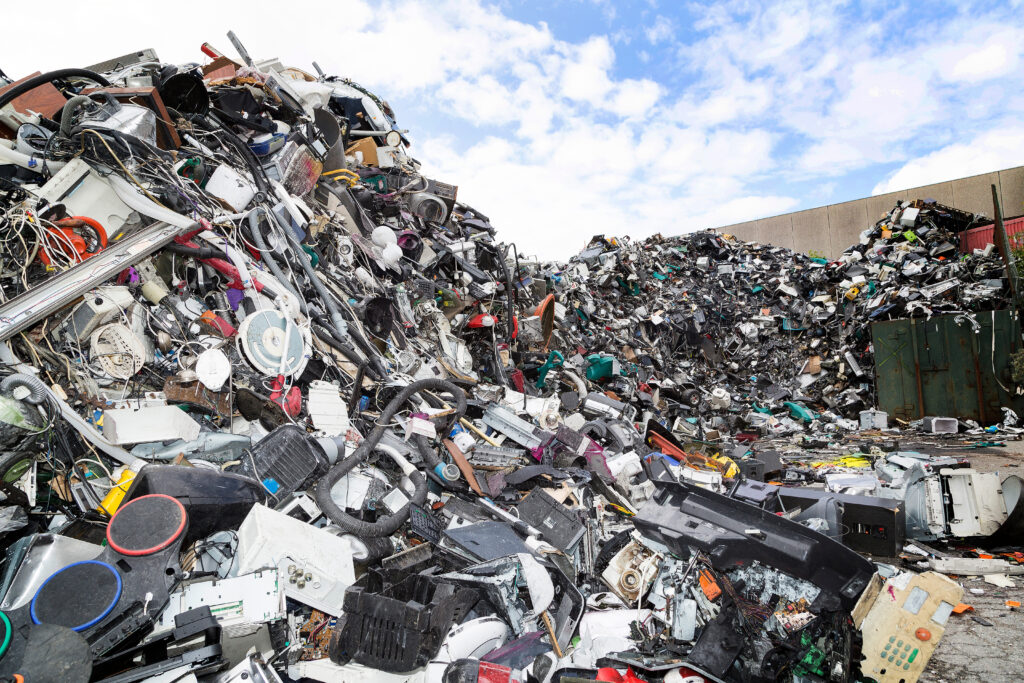The Recast was published in the Official Journal of the European Union last month and takes 20 days to enter EU law (see letsrecycle.com story) having been delayed due to adjustments to the wording of the legislation.

Member States will be required to collect 45 tonnes of WEEE for every 100 tonnes put onto the market in the three preceding years equivalent to 45% – by 2016. These targets will then rise further in 2019 to a rate of 65 tonnes from every 100 put onto the market (equivalent to 65%).
And, according to the European Union, the Directive will give Member States greater powers to fight the illegal export of waste. Through the legislation, the EU is seeking to clamp down on the export of WEEE disguised as legal shipments of used equipment to circumvent EU waste treatment rules.
Environment Commissioner Janez Potonik said: In these times of economic turmoil and rising prices for raw materials, resource efficiency is where environmental benefits and innovative growth opportunities come together. We now need to open new collection channels for electronic waste and improve the effectiveness of existing ones. I encourage the Member States to meet these new targets before the formal deadline.
Export
The revised Directive will also oblige exporters to test whether equipment works and provide documents on the nature of shipments that could be illegal.
It is also hoped that the Recast will reduce the administrative burden on exporters through harmonisation of national registration and reporting requirements. Requirements by Member States’ registers for producers of e-waste will now be aligned more closely.
Only one third of electrical and electronic waste in the EU is thought to be separately collected within the current system. The existing EU collection target is 4 kg of WEEE per capita, representing about 2 million tons per year, out of around 10 million tonnes of WEEE generated annually in the EU.
Related Links
By 2020, the EU estimates that the volume of WEEE will increase to 12 million tonnes. Should Member States meet the 85% collection target set out in the Recast, it is thought that in 2020 around 10 million tons, or roughly 20kg per capita, will be separately collected in the EU.











Subscribe for free